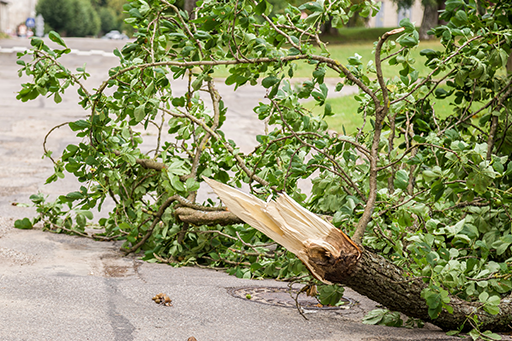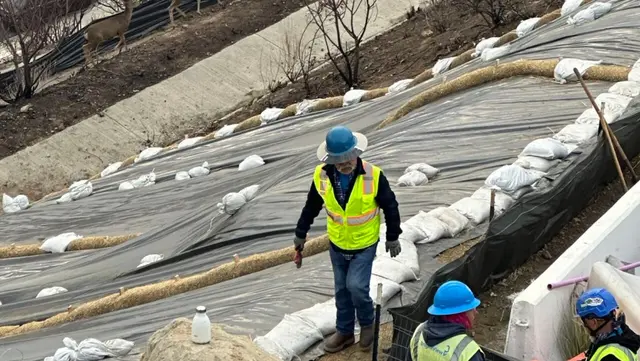
Getting Ready for Santa Ana Winds
This is Preparation You Should Never Blow Off
If you’re a Southern California resident, you’re all too familiar with Santa Ana winds. Every October, the infamous gusts blow into town, wreaking havoc with speeds up to 100mph. In the best-case scenario, they topple a sign, or part of your lunch. In the worst-case scenario, they cause severe damage or fuel fires that endanger the safety of people and property. The good news is, you don’t have to let those Santa Ana winds push you around. With these tips, you’ll be ready.
What Causes Santa Ana Winds?
We often think of Santa Ana winds as a local phenomenon, but they don’t actually start in our backyard. In fact, Santa Ana winds originate in the Great Basin, which spans the inland deserts, into Nevada and Utah. While the winds are hot and dry by the time they reach us, they actually form when cooler temperatures exist in the Great Basin. High pressure systems push the Santa Ana winds into Southern California. As the winds descend the Santa Anas and other mountain ranges, the air gets hotter and drier.
Unfortunately, those hot, dry winds happen to coincide with Southern California’s fire season, exacerbating dry conditions and fanning flames. The timing only intensifies the need to make timely preparations.
How to Prepare for Santa Ana Winds
Santa Ana winds generally peak in October, making September primetime to get your property ready. When it comes to preparing, your landscape partner should give your property a thorough once-over, looking top to bottom for potential risks.

Santa Ana Winds are a good impetus to keep up with routine tree care, including pruning. Dead, diseased, or unhealthy trees and branches create a high level of risk, and should be promptly removed. However, even healthy trees could use some care to ensure they’re well positioned to survive the winds. Structural pruning of the tree’s crown can decrease wind resistance, improve strength, and remove branches that are too close to structures or driveways. Eucalyptus, coral, and melaleuca trees that haven’t been pruned within a year have a higher tendency to break or fail. Similarly, drought tolerant trees that are irrigated and not deciduous are also at a higher risk of limb failure, underscoring the importance of regular, ongoing maintenance.
Trees aren’t the only ones that could use some attention. Bushes should also be regularly trimmed to eliminate unhealthy branches that could break off, while struggling plants that could uproot completely should be removed. The key is to focus on looking for potential projectiles. That includes eliminating loose debris that could be stirred up by the wind.
The bottom line—Santa Ana winds can be a nuisance, but with some forethought, they’ll be much easier to endure. Lean on your landscape partner to make the process seamless. The fall season and back to school rush can make it easy to let your preparations get pushed to the back burner. It’s all the more reason to include regular tree care in your landscape contract. While Santa Ana winds can be unpredictable, the preparations that will keep you safe are not.
Expertise from Root to Canopy
Need an Arborist consultation? Work with an experienced, safety-conscious local crew, certified arborists, and all the specialty equipment and techniques needed to keep your trees thriving.



